The Song dynasty is known especially for the development of monumental landscape painting.
960–1279 C.E.
The Song dynasty is known especially for the development of monumental landscape painting.
960–1279 C.E.
What is the Song Dynasty?
We're adding new content all the time!
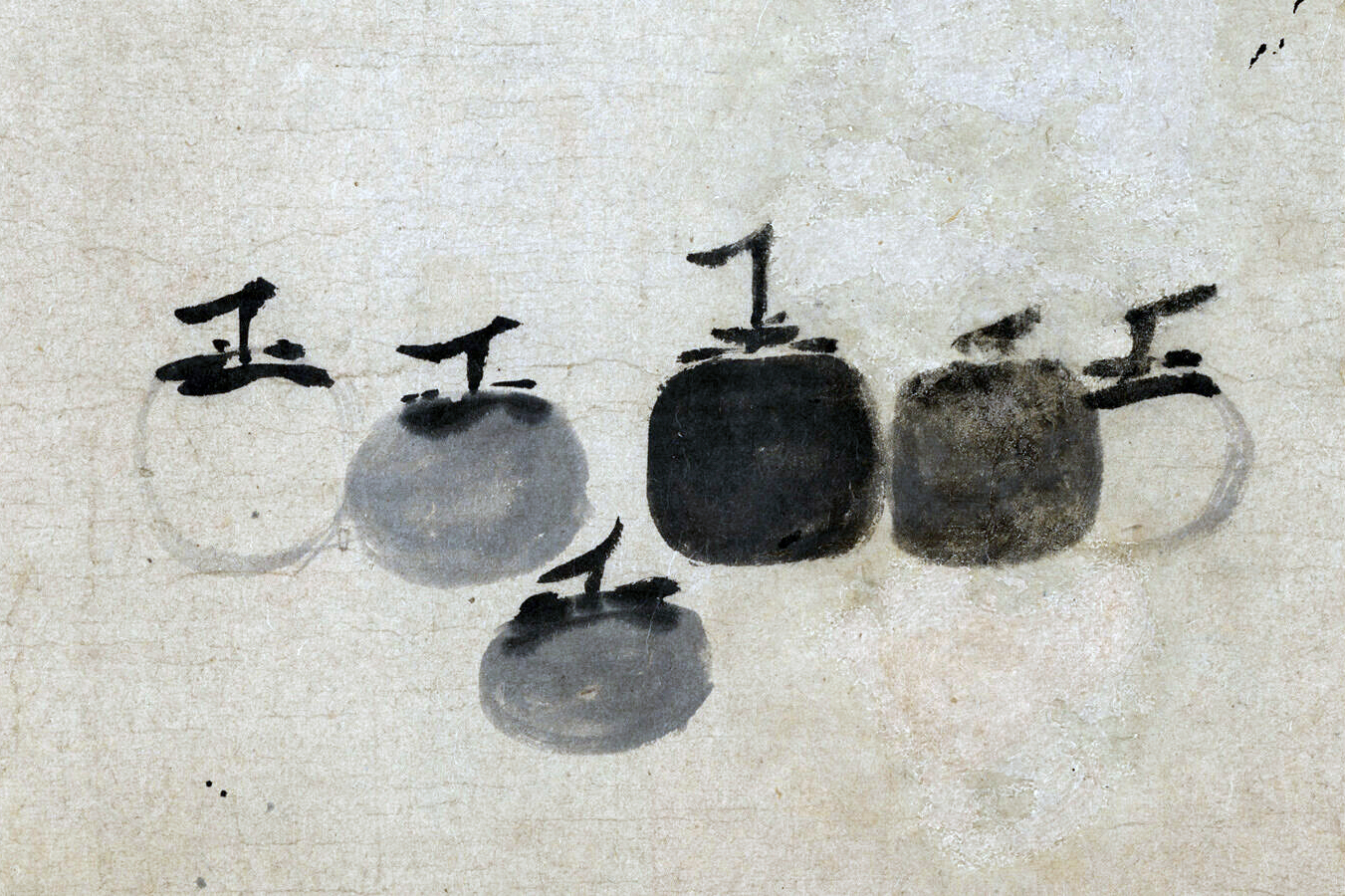
Rendered simply in tones of ink, Six Persimmons is a treasure of Zen Buddhist painting.
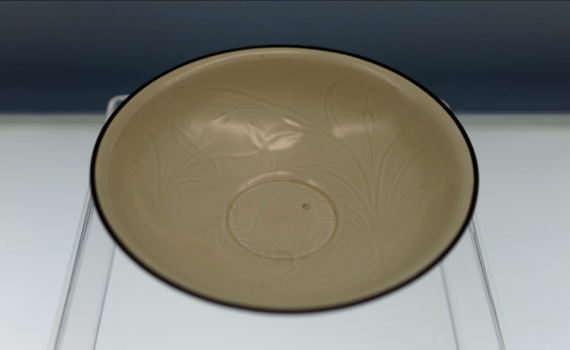
This porcelain bowl with reeds and geese for decoration has a metal rim where the bowl couldn't be glazed
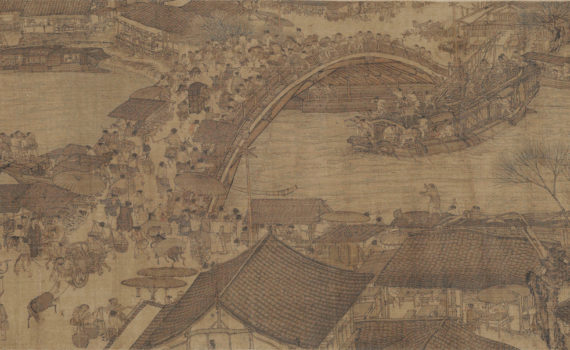
Along the River during Qingming Festival offers a rare glimpse of the thriving commercial activity of medieval China.
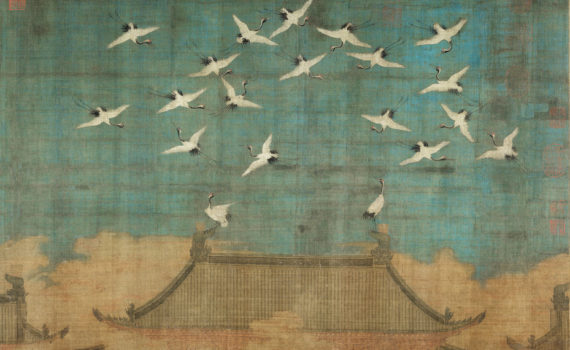
Emperor Huizong's Auspicious Cranes records natural phenomena that would be interpreted as a good omen for the dynasty.
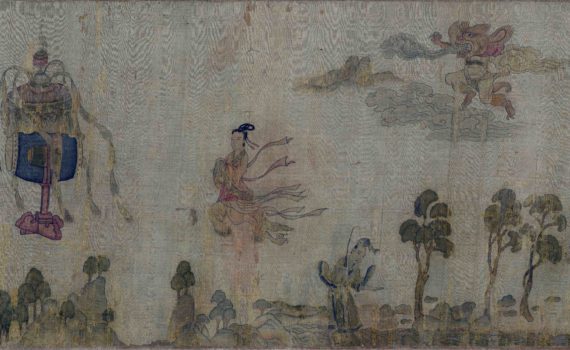
We can recognize from Gu Kaizhi's painting the emergence of Chinese landscape tradition.
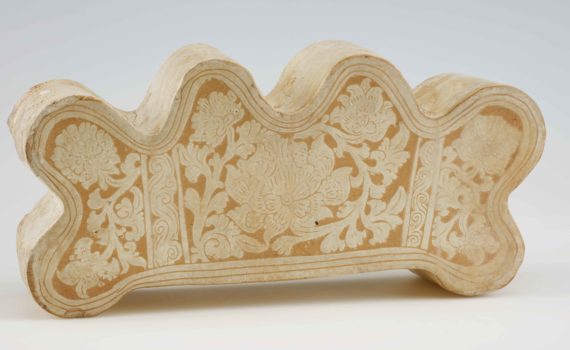
Ceramic pillows became a popular domestic item among middle- and upper-class families during the Song dynasty
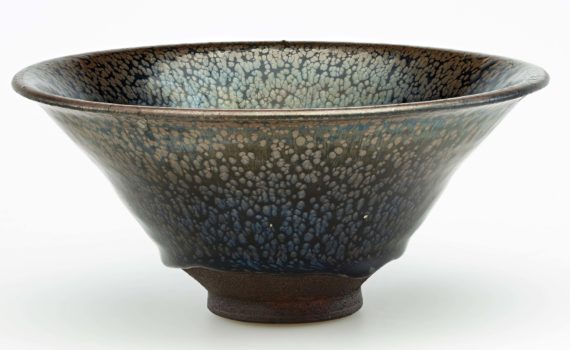
Jian ware tea bowls were highly prized in China but seem to have gone out of fashion there, whereas the Japanese adopted them for use in tea ceremonies.
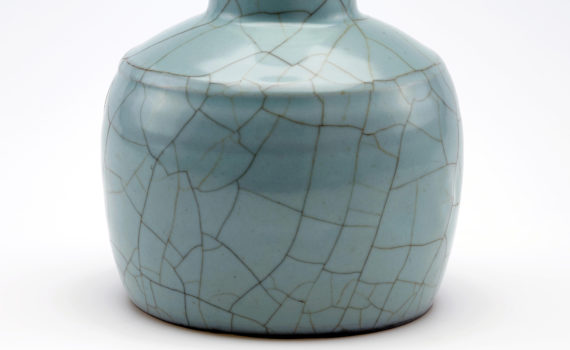
Guan ware is probably one of the rarest and most admired types of Chinese ceramics in the present world.
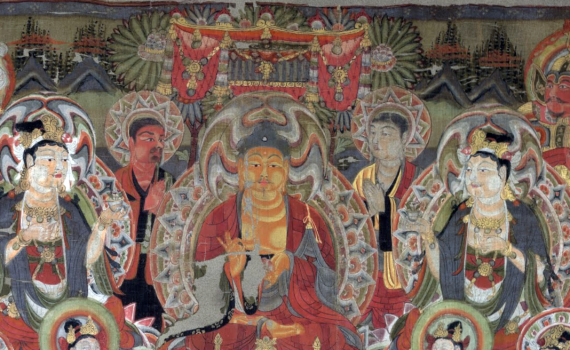
The central section of the painting is made up of scenes illustrating the Fumu enzhong jing, an apocryphal sutra that was popular at Dunhuang in this later period.
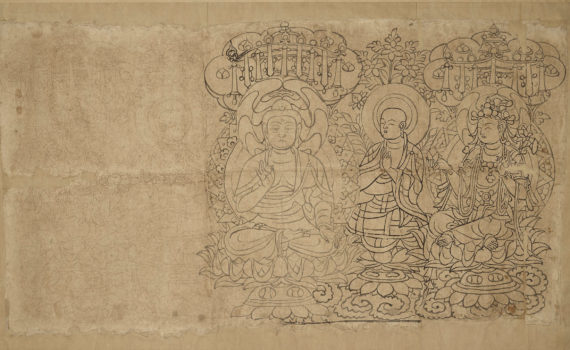
This stencil (or pounce) is one of very few to survive, and is the largest and most impressive of those found at Mogao.

Overall, the Song dynasty was a time of stability and economic, cultural, and artistic prosperity.
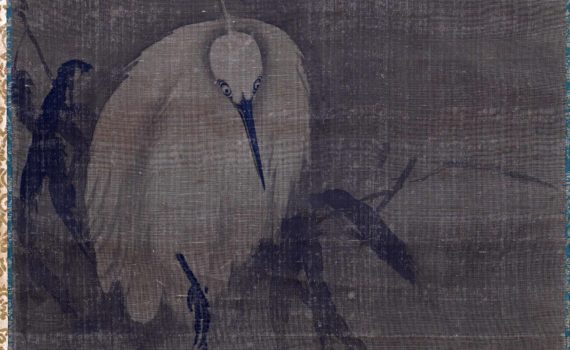
A painting of a lonely white egret standing in shallow water, attributed to the famous painter Liang Kai